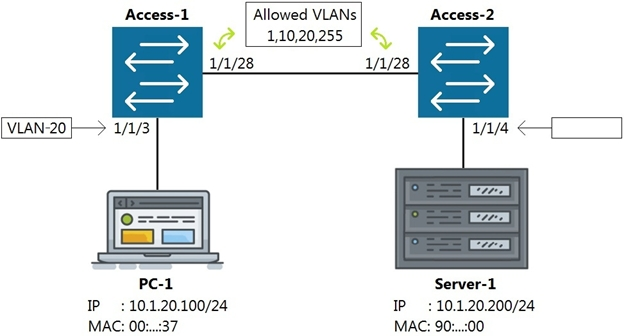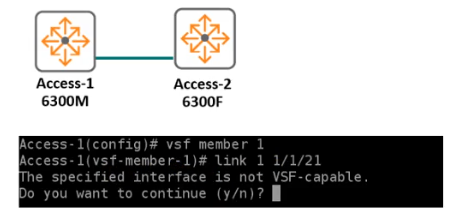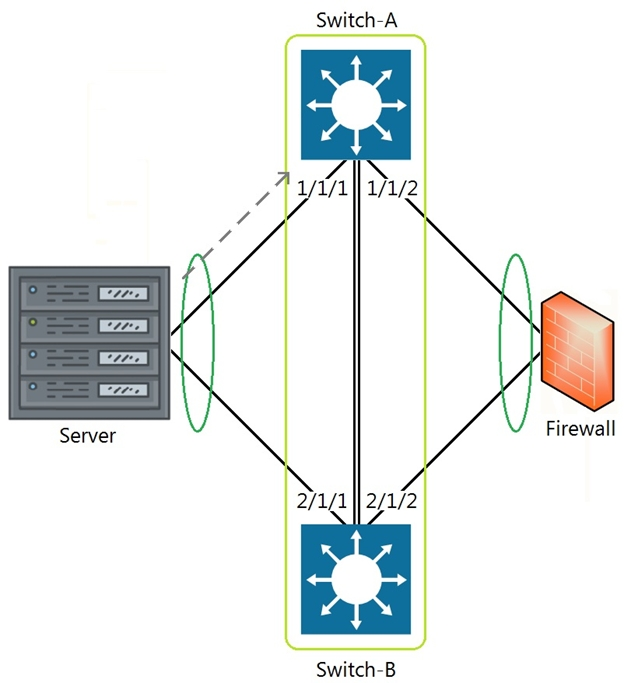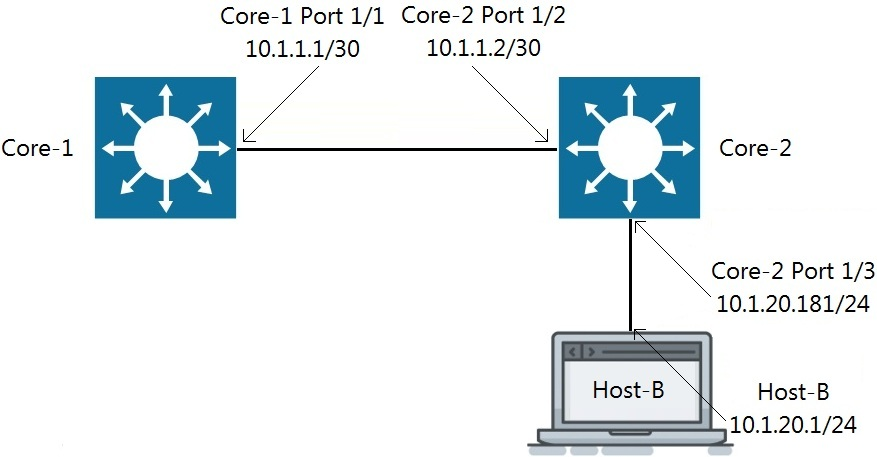HP Aruba Certified Switching Associate HPE6-A72 Exam Practice Test
Refer to the exhibit

Which command on Access-2 port 1/1/4 will enable connectivity between PC-1 and Server-1 without any routing enabled in the network?
Answer : B
Refer to the exhibits.

The AOS-CX 6300M switch is attempting to configure VSF with a peer CX 6300F switch. What is one reason you are receiving the above error when attempting to configure VSF on the AOS-CX 6300M switch?
Answer : C
Refer to the exhibit.

The above scenario shows a packet from the Server destined for the Firewall. Switch-A and Switch-B are bundled as VSF stack. The LAG between the VSF stack and the firewall indicates a hash function to forward the packet on port 2/1/2.
Which statement is true regarding how Switch-A will forward the packet?
Answer : D
The customer has 778 developers testing computer games on the network.
Which two actions resolve Broadcast storms? (Choose two.)
Answer : A, B
What command will save your configuration on an Aruba AOS-CX switch so that your changes automatically load on next reboot?
Answer : A
Refer to the exhibit.

Traffic is failing between Core-1 and Host-B. IP addressing has correctly been applied, and all interfaces are attached to the vrf GREEN.
Which configuration will correct the issue?
Answer : B
Which two options are considered Layer 2 protocols? (Select two.)
Answer : A, D